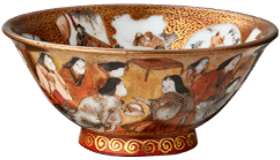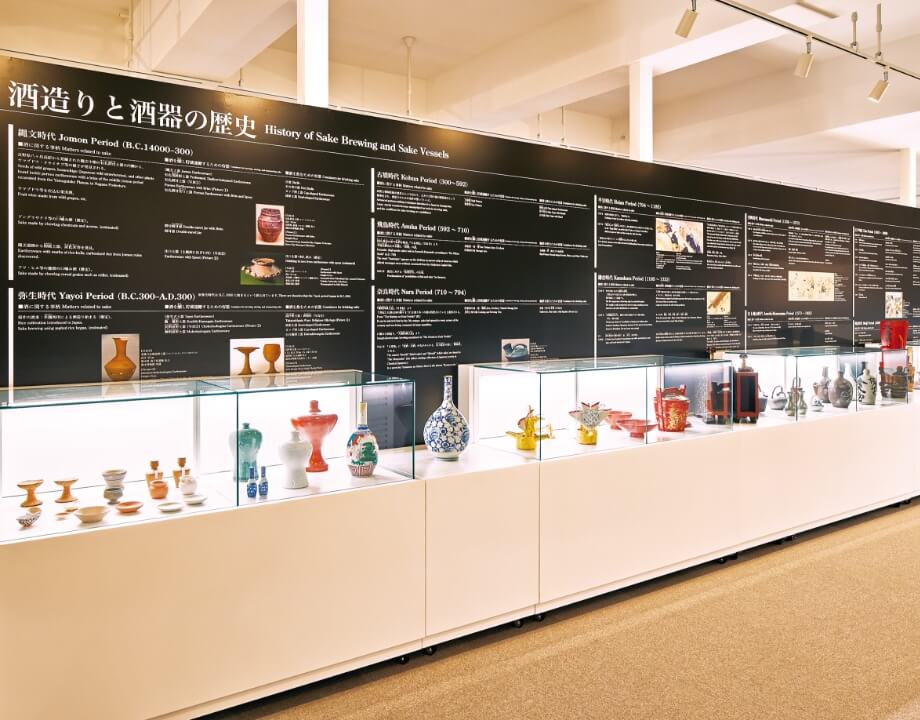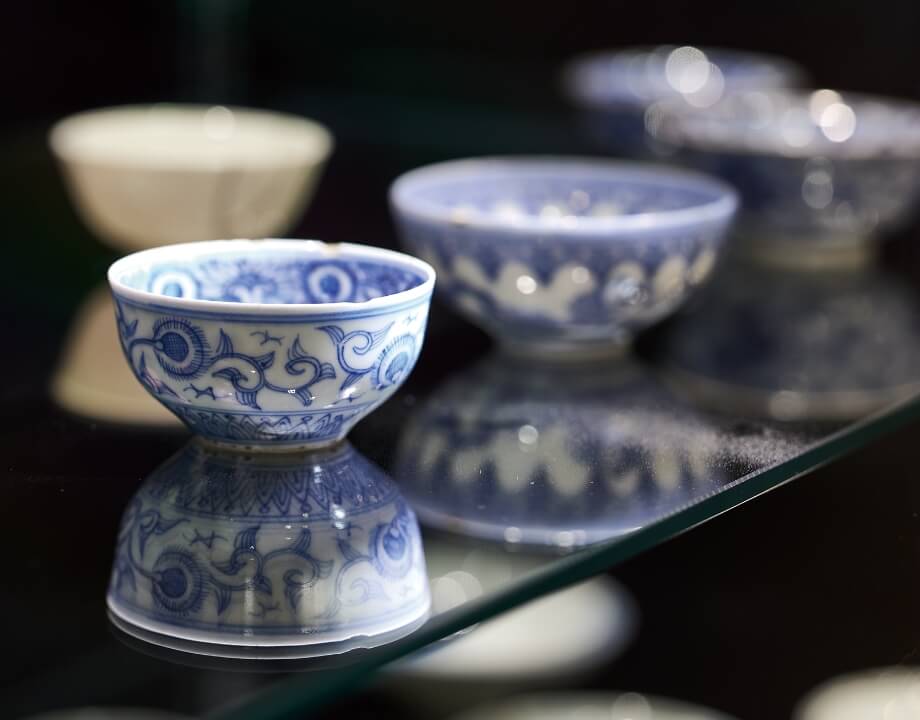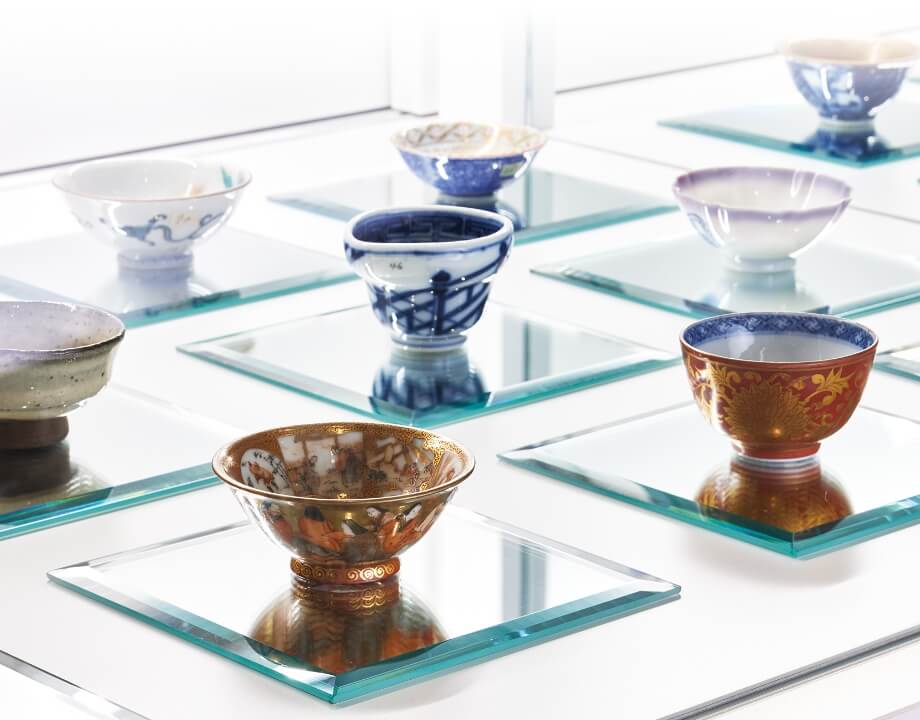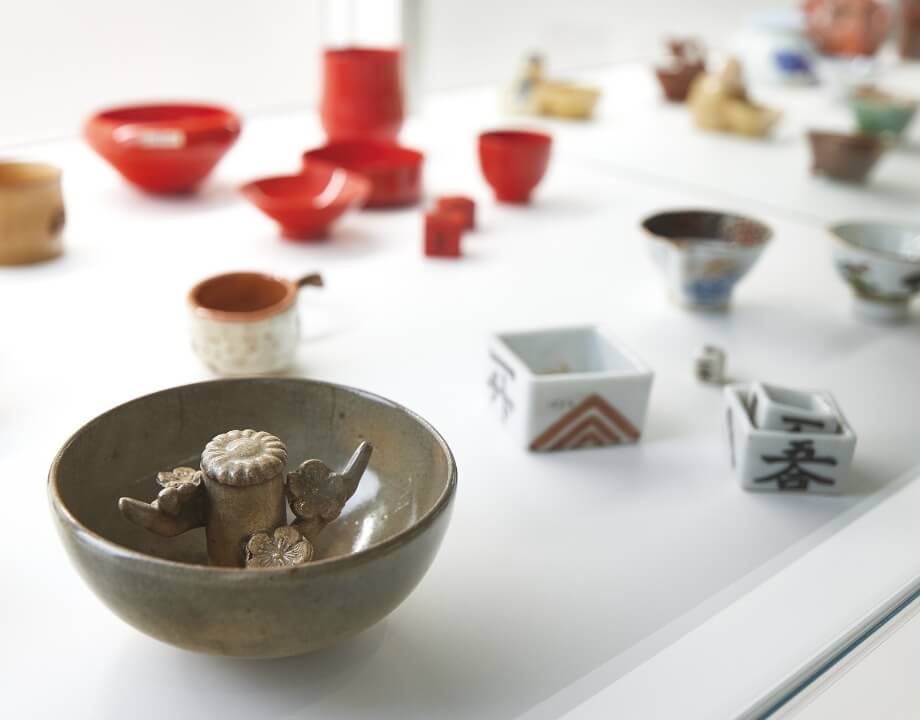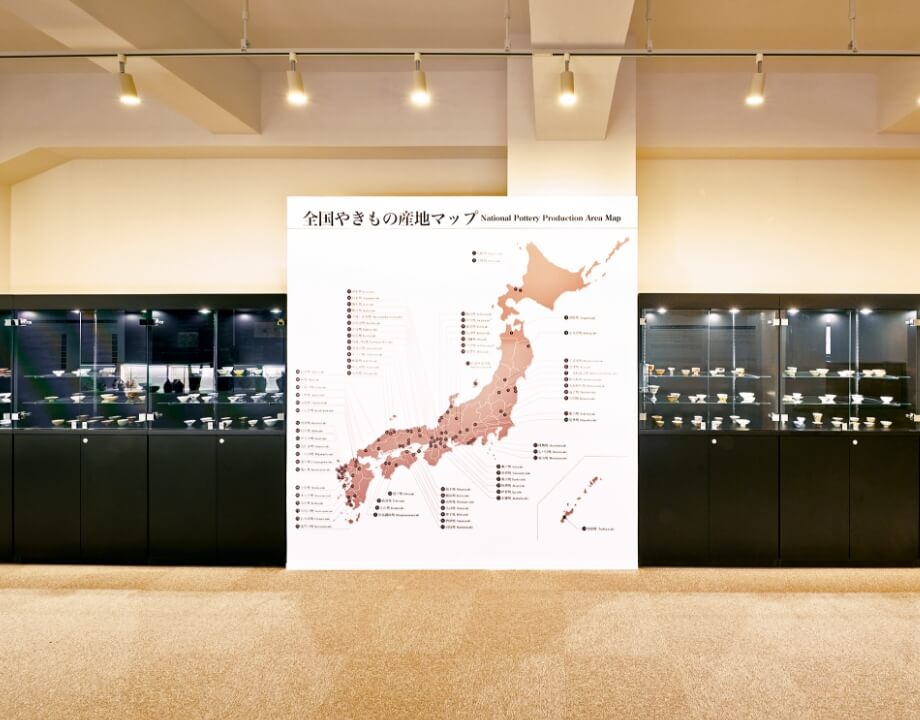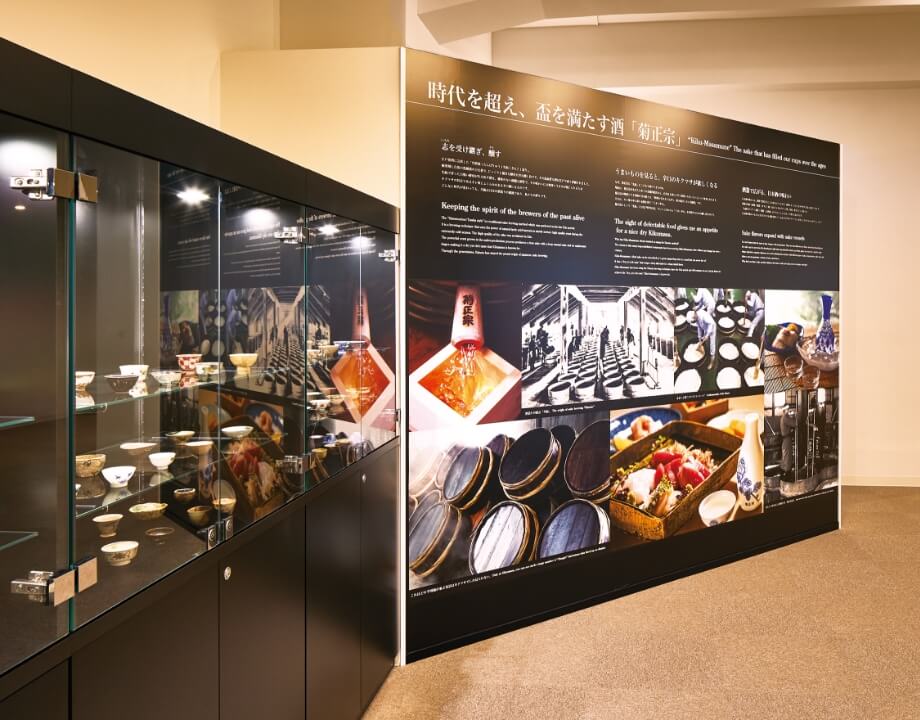 Sake and Sake Vessels
Sake and Sake Vessels
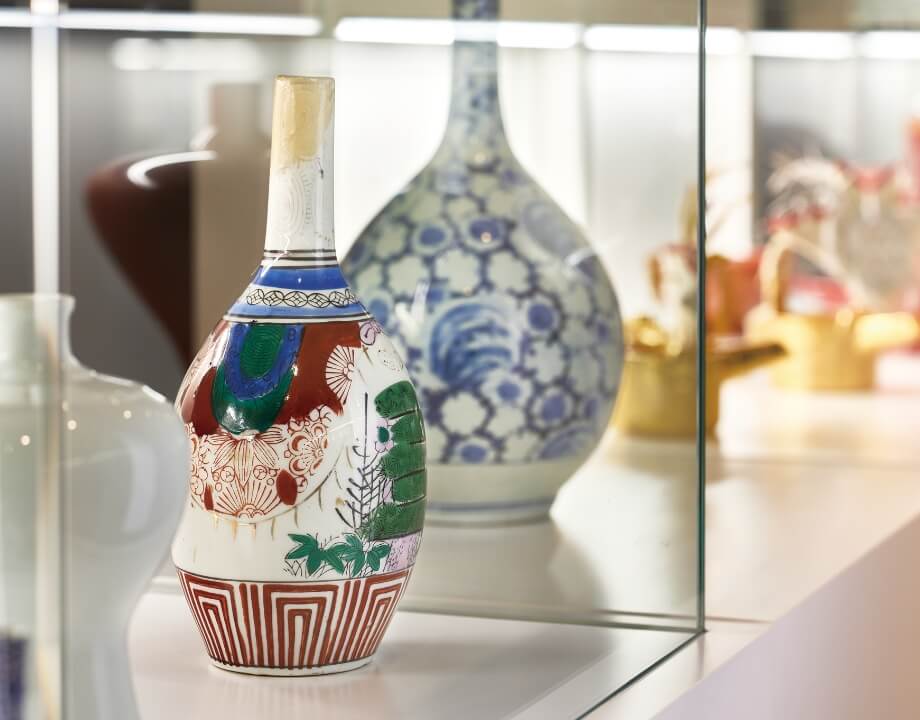
Once reserved for the gods, sake became the people's drink over time. A wide variety of containers are required for the sake to be brewed and consumed. Sake vessels, classified by function such as those for brewing, storing, transporting, and drinking, have changed with time, and developed in tandem with advances in sake brewing technology.
